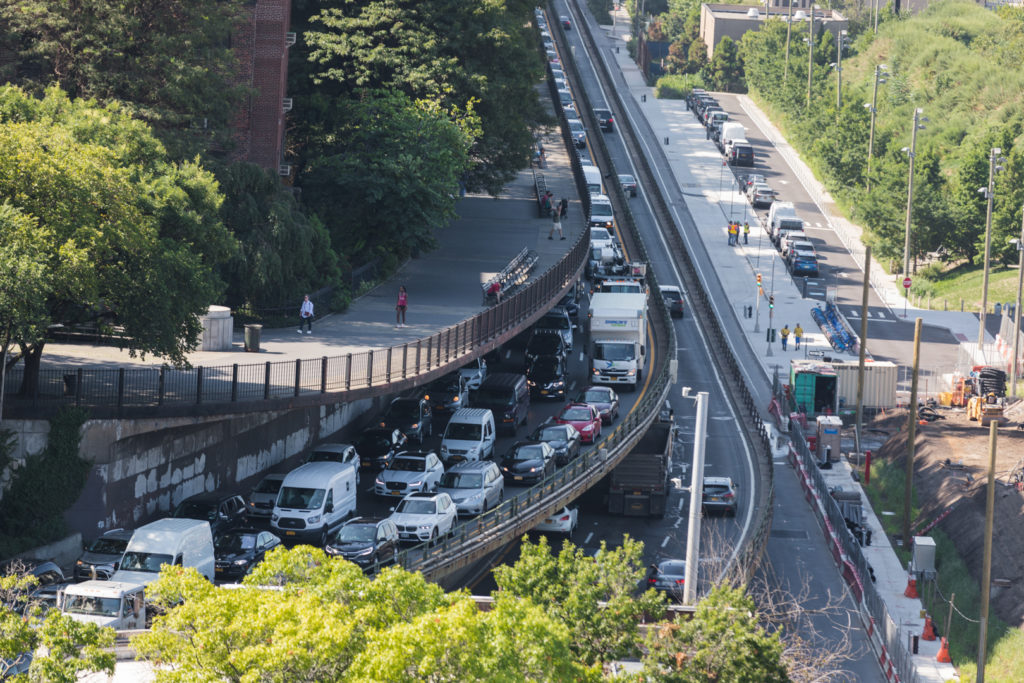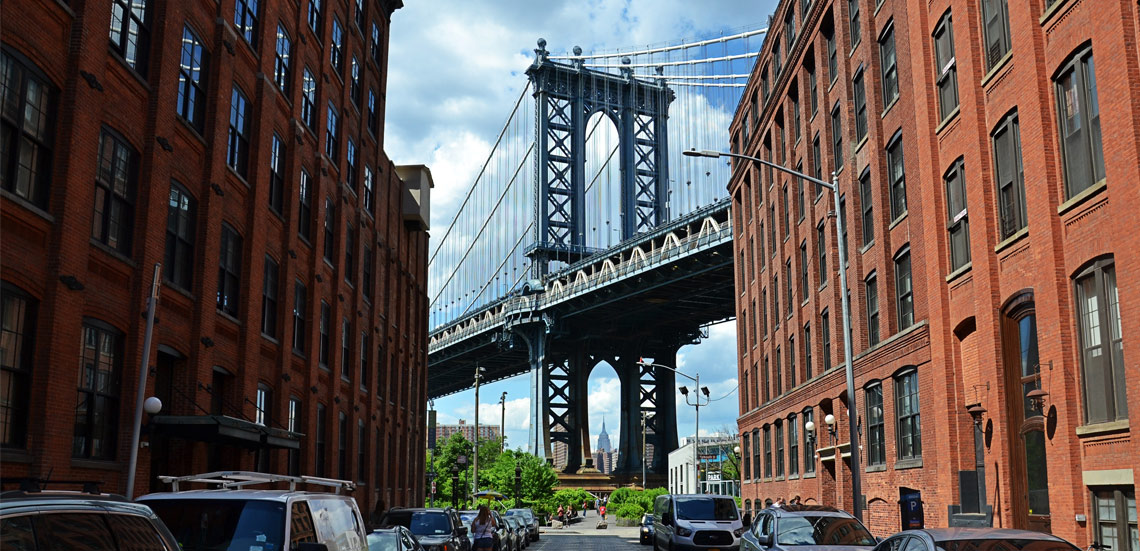A rundown: What happened with the BQE rehab plan this year
2019: Year in Review

A lot happened in Brooklyn this year — from environmental policies to infrastructure changes to housing reform. We’ve wrapped up the key pieces for you in “2019: Year in Review.”
The struggle over the city’s plans to rebuild a 1.5-mile segment of the BQE along the western Brooklyn waterfront was one of the most galvanizing Brooklyn stories of 2019.
The section of the BQE from Sands Street to Atlantic Avenue is so decrepit it needs to be replaced before 2026, according to the NYC Department of Transportation, or tens of thousands of trucks daily will be rerouted through Brooklyn’s residential streets. The massive job could cost close to $4 billion. The city’s preferred plan would have temporarily replaced the landmarked Brooklyn Heights Promenade with a six-lane highway, bringing the pollution and noise of 153,000 vehicles a day to neighborhood level for six to 10 years.

Brooklyn Boro
View MoreNew York City’s most populous borough, Brooklyn, is home to nearly 2.6 million residents. If Brooklyn were an independent city it would be the fourth largest city in the United States. While Brooklyn has become the epitome of ‘cool and hip’ in recent years, for those that were born here, raised families here and improved communities over the years, Brooklyn has never been ‘uncool’.